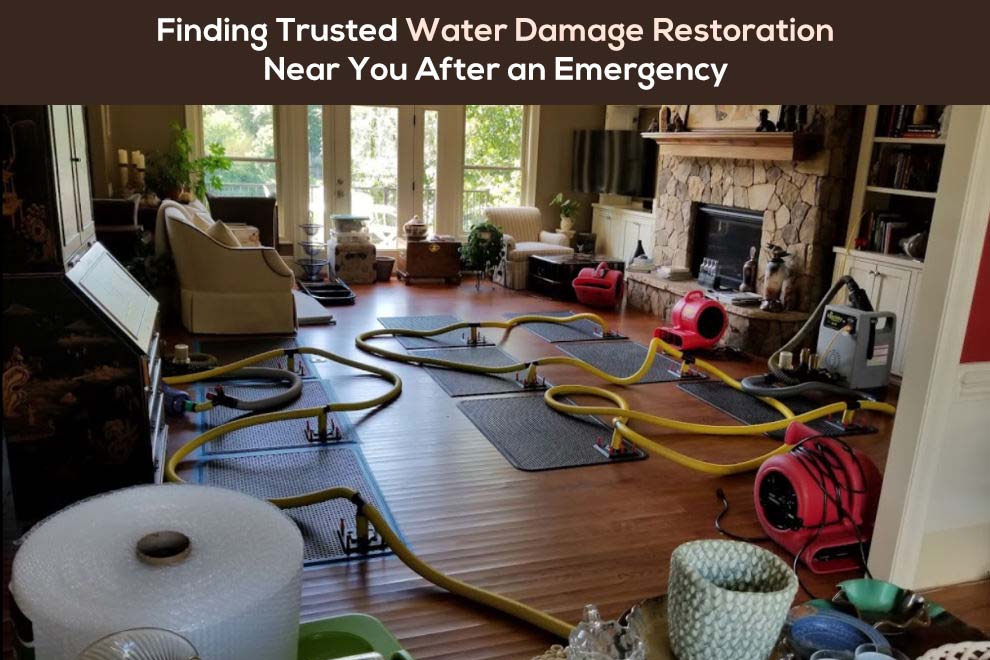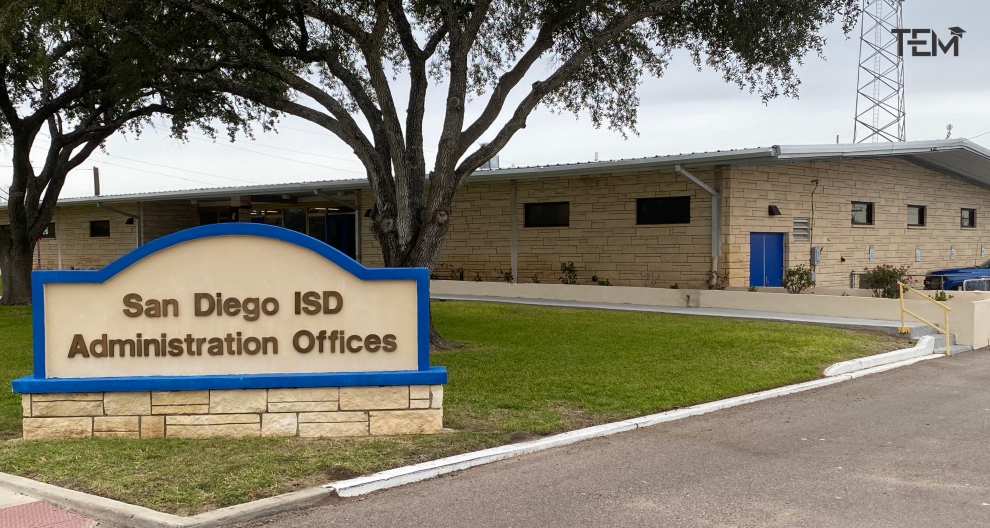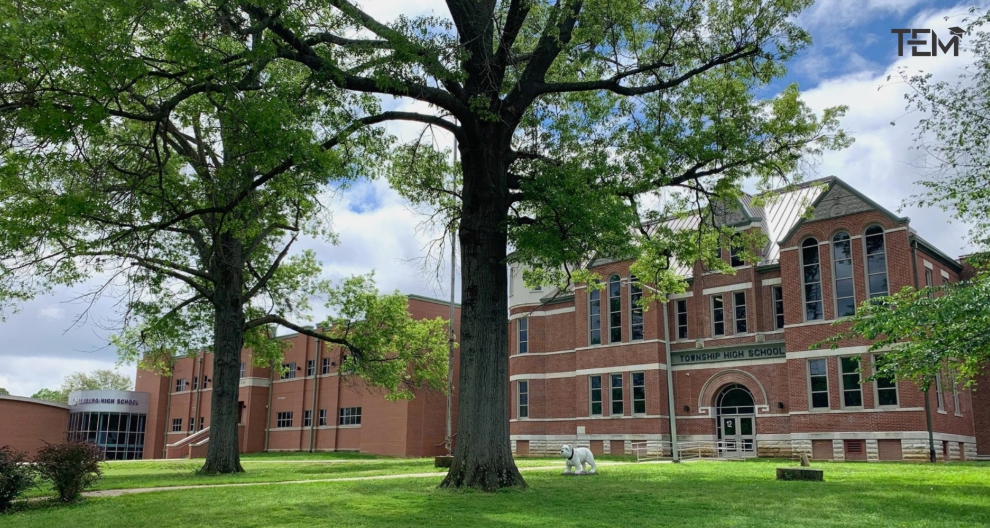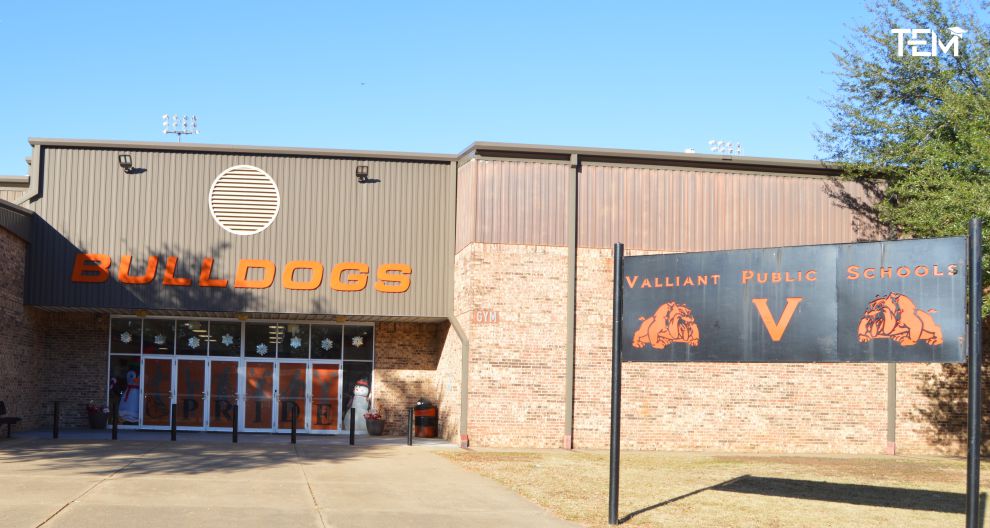What Water Damage Restoration Entails
When water invades your home, it’s more than just a mess. Standing water can quickly damage floors, walls, and furniture. It also creates a breeding ground for mold and bacteria. Professional water damage restoration goes beyond just mopping up. It’s a detailed process to remove water, dry everything out, and make sure your home is safe again. This work is serious business.
True restoration involves several key steps. It starts with getting all the standing water out, often using special pumps. Then, technicians use tools to find hidden moisture. They dry out the structure and air. Finally, they clean and sanitize to prevent future problems. When you search for water damage restoration near me, trusted professionals like Paul Davis Restoration of Greater Puget Sound offer comprehensive services that handle every stage of cleanup and repair, ensuring your home is fully restored and safe again. This is what professional water damage restoration looks like.
It’s important to know that this isn’t a DIY job for most people. The risks of mold and structural issues are too high. Hiring experts means the job gets done right the first time. They have the tools and knowledge to handle it.
Key Stages of the Restoration Process
The process for water damage restoration follows a clear path. It’s designed to be efficient and effective. Each stage builds on the last to ensure a complete recovery.
Here are the main stages:
- Water Extraction: Removing all visible standing water is the first priority. This stops further damage from spreading.
- Drying and Dehumidification: Specialized equipment is used to pull moisture from the air and building materials. This prevents mold and rot.
- Sanitization: Cleaning and disinfecting all affected areas is vital. This eliminates bacteria and other harmful contaminants.
- Repair and Reconstruction: Once dry and clean, any damaged materials are replaced or repaired to restore the home’s integrity.
This structured approach helps ensure that all aspects of the water damage are addressed. It’s a methodical way to get your home back to normal.
Importance of Comprehensive Service
When dealing with water damage, you need a company that does it all. A full-service approach means they handle everything from the initial cleanup to the final repairs. This saves you time and stress.
A comprehensive service provider manages the entire restoration project. This includes dealing with insurance companies, coordinating different trades, and making sure the job is finished correctly. It’s about peace of mind.
Choosing a company that offers complete water damage restoration means you don’t have to hire multiple contractors. They have the teams and resources to manage the whole project. This ensures consistency and quality throughout the process. It’s the best way to get your home fully restored.
Choosing a Trusted Water Damage Restoration Company
When water damage strikes, picking the right restoration company is a big deal. It’s not just about getting things dry; it’s about making sure the job is done right to prevent future problems. You want a company that knows what they’re doing and has the right credentials.
Verifying Credentials: Licensing, Certification, and Insurance
Before you hire anyone, check their paperwork. A legitimate water damage restoration company will have proper licensing for your area. They should also hold certifications from recognized industry bodies, like the IICRC. This shows they follow established standards.
Insurance is non-negotiable. Make sure they have adequate liability and worker’s compensation insurance. This protects you if something goes wrong during the restoration process. Without these, you could be on the hook for accidents.
Assessing Response Time and Availability
Water damage doesn’t wait for business hours. The longer water sits, the more damage it causes, and the higher the risk of mold. Look for a company that offers 24/7 emergency services. When you call, pay attention to how quickly they answer and if they can dispatch a team right away.
A fast response is a good sign that they understand the urgency of water damage restoration. It means they’re prepared to handle emergencies and minimize the impact on your home or business.
Evaluating Local Experience and Community Reputation
Companies that have been working in your specific area for a while often have a better understanding of local issues. They might know about common problems like basement flooding after heavy rains or specific building codes. Check online reviews and ask for local references.
A strong community reputation and a history of successful projects nearby can give you peace of mind. It suggests they are reliable and have satisfied customers in your neighborhood. This local knowledge is a big plus for any water damage restoration service.
Essential Questions for Restoration Service Providers
When water damage strikes, picking the right restoration company is a big deal. It’s not just about getting things dry; it’s about making sure your home is safe and sound afterward. Asking the right questions upfront can save a lot of headaches down the road. It helps you understand what you’re getting into and if the company is truly up to the task.
Inquiring About Equipment and Techniques Used
It’s smart to ask about the tools and methods a company plans to use. Not all water cleanup is the same, and older equipment might miss hidden moisture. This can lead to bigger problems like mold later on. A good restoration company will use modern gear to get the job done right.
- Truck-mounted water extractors for pulling out lots of water.
- HEPA air scrubbers to clean the air and catch mold spores.
- Thermal imaging cameras to find water hiding behind walls.
- Commercial dehumidifiers and dryers for thorough drying.
Asking about their equipment shows you’re serious about a proper fix. It’s not just about drying; it’s about controlling moisture and making sure the air is safe.
Understanding Estimate Transparency and Process Details
Getting a clear estimate is super important. You want to know exactly what you’re paying for and what steps are involved. Vague or verbal estimates can be a red flag. A professional company will provide a detailed, written breakdown of the work.
- What type of water are they dealing with (clean, gray, or black water)?
- How long will the drying process likely take?
- What materials might need to be replaced?
- Will mold testing be part of the service?
Transparency in estimates is a sign of an honest restoration company. If a quote seems too low, it might mean they’re skipping important steps.
Confirming Full-Service Capabilities
Ideally, you want a company that can handle the whole job from start to finish. This means they don’t just remove water; they can also fix structural damage, get rid of odors, handle mold issues, and even help with insurance paperwork. Dealing with one company for everything makes the process much smoother.
- Can they handle structural repairs?
- Do they offer odor removal services?
- Are mold remediation services included if needed?
- Will they assist with insurance claims?
Prioritizing Health and Safety in Restoration
Adhering to Strict Safety and Sanitation Guidelines
Water damage isn’t just about wet carpets and damaged walls. Floodwater can carry serious contaminants, posing health risks. Professionals follow strict safety and sanitation guidelines to keep everyone safe during the restoration process. This means using the right gear and cleaning methods to prevent the spread of germs and mold. Protecting your health is a top priority.
Utilizing Approved Disinfectants and Antimicrobials
When dealing with water damage, especially from sources like sewage or standing water, proper disinfection is key. Reputable restoration companies use EPA-approved disinfectants and antimicrobial treatments. These products are specifically chosen to kill harmful bacteria and prevent mold growth. They ensure that the affected areas are not only clean but also safe for you and your family to return to.
Testing for Mold and Indoor Air Quality
Even after the visible water is gone, mold can start to grow unseen. This can lead to respiratory problems and other health issues. Good restoration services will test for mold and check the indoor air quality after the cleanup. This step confirms that the environment is truly healthy and free from lingering contaminants. It’s a vital part of making sure the job is done right and your home is safe.
- Safety First: Always ask about the safety protocols used.
- Clean Air: Inquire about air quality testing post-restoration.
- Proper Products: Confirm that approved disinfectants are part of the plan.
A restoration company’s commitment to health and safety is a strong indicator of their professionalism and the quality of their work. Don’t hesitate to ask about their procedures.
Recognizing Red Flags When Hiring Restoration Services
When water damage strikes, the urgency to find help can lead to quick decisions. However, it’s important to stay sharp and watch out for warning signs that might indicate a less-than-reputable company. Ignoring these red flags could lead to more problems down the road, costing you time and money.
Lack of a Local Physical Presence
Be wary of companies that don’t have a local office or a physical address in your area. While some businesses operate remotely, a restoration service needs to be accessible. A company without a local base might be a national outfit that’s hard to reach or hold accountable. A true local water damage restoration provider will have a physical presence you can verify. This local connection often means they understand regional issues and can respond faster.
Vague or Verbal-Only Estimates
Professional water damage restoration services should provide clear, detailed estimates. If a company only gives you a verbal quote or a very general estimate without itemizing costs and services, that’s a major red flag. You need to know exactly what you’re paying for, from water extraction to drying and potential repairs. A lack of transparency in estimates can hide hidden fees or indicate that crucial steps might be skipped.
Absence of Certification or Insurance Proof
Qualified restoration companies carry proper certifications and insurance. This protects both you and the workers. If a company can’t show proof of IICRC certification, liability insurance, or worker’s compensation, it’s a serious concern. This lack of credentials suggests they might not be following industry standards or that you could be liable if an accident happens on your property. Always ask for this documentation upfront.
High-Pressure Sales Tactics
No one likes feeling pressured, especially during a stressful time like water damage. If a company uses aggressive sales tactics, insists you sign a contract immediately, or offers deals that seem too good to be true and are only valid for a short period, step back. Legitimate restoration services focus on explaining their process and providing a fair assessment, not on rushing you into a decision. Trust your gut if a company seems overly pushy.
Final Thoughts: Act Fast and Choose Wisely
When your home faces water damage, remember that quick action is key. Finding a trustworthy restoration company means looking for certifications, fast response times, and clear communication about their process and costs. Don’t hesitate to ask questions and check local reviews. Choosing the right team protects your home and your peace of mind. If you’re dealing with an emergency, remember that professionals are available 24/7 to help you through the recovery process.
Also Read: How Watering Solutions for Livestock Have Changed Over Time











